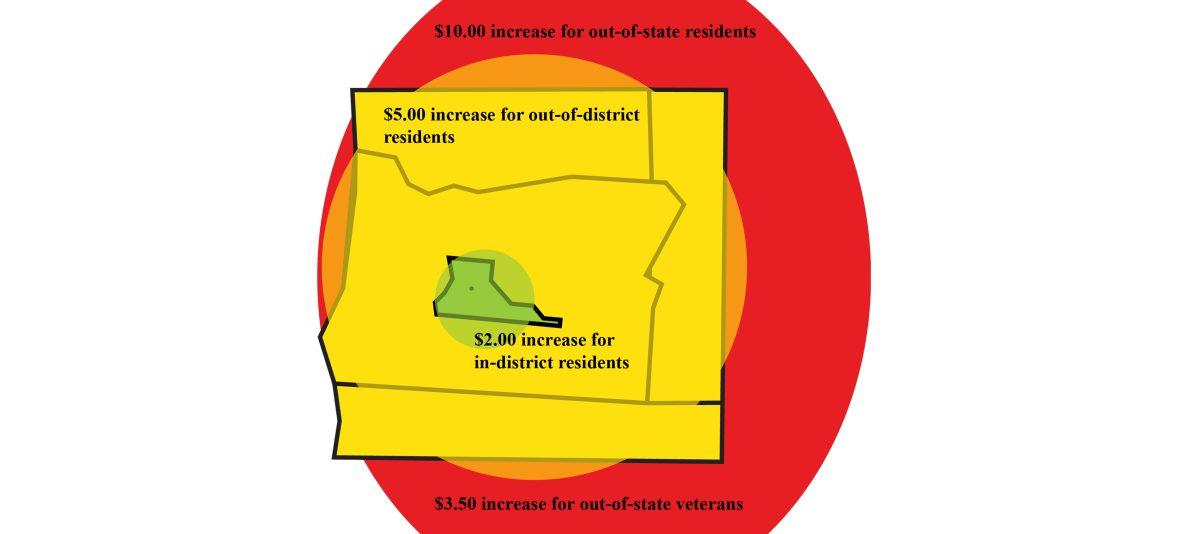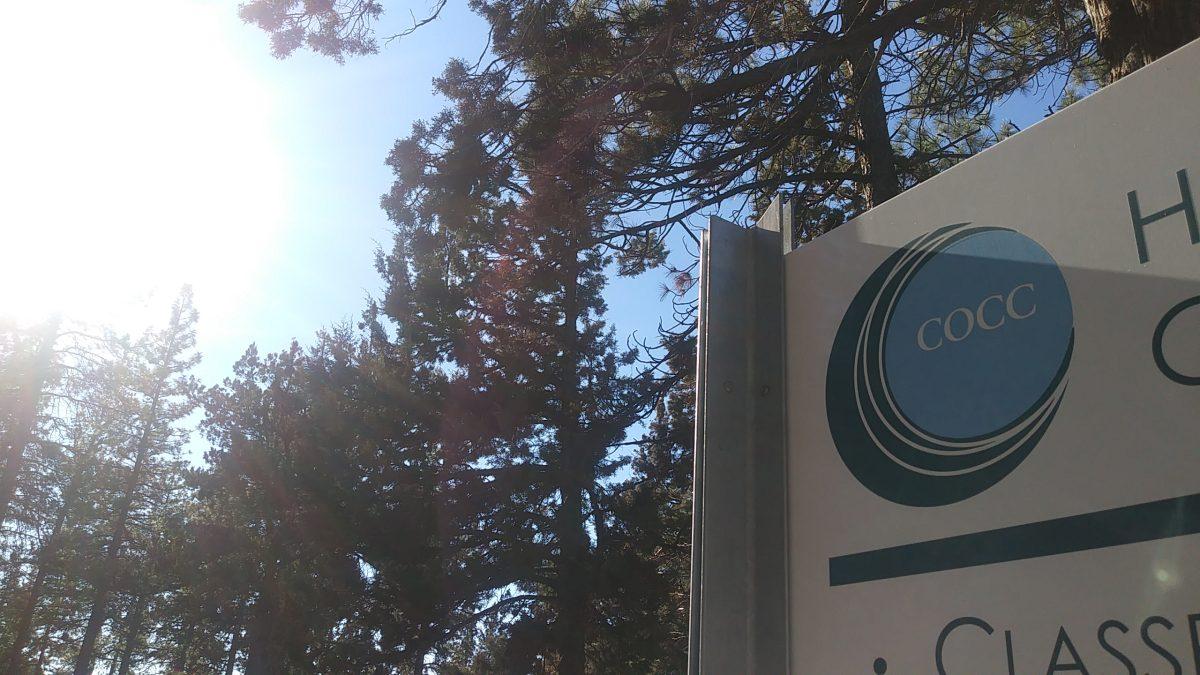Fall of 2016 will bring higher tuition rates. Students will now be paying $93 — an increase of $2 per credit for in-district students. Per credit, non-resident veterans will receive a $3.50 increase, Out-of-District and border-state residents will receive a $5 increase, and out-of-state residents will receive a $10 increase.
Alicia Moore, Dean of Student and Enrollment Services, explained that changing tuition fees will allow the college to have funding to replace retiring faculty in math, biology and aviation, cover standard cost increase for utilities,computer lab software, and basic funding needs throughout the campus.
As enrollment at COCC has increased and decreased over the years , there have been funding cuts throughout the campus. Academic advising has become a half-time position, there has been reduced technology support at the Redmond campus, and a reduction in custodial staff.
“Even with tuition increases, we still have to reduce these things,” Moore said.
The college receives funding from student tuition, state funding and property tax revenue. Student tuition is the largest source of income for the school, while state funding is the smallest.
Even with the upcoming tuition increase, COCC will remain one of the most affordable community colleges in the state: the third most affordable out of seventeen community colleges throughout Oregon.
COCC often raises tuition each year by a few dollars to keep tuition rate equable, rather than having a large increase at one time. The increase in tuition revenue for the 2016-17 school year will bring in approximately $375,000.
“Our college is very aware of our commitment to affordability, therefore we are pretty cautious of any tuition or fee increase,” Moore said.
Even with an increase in tuition, students fees will remain the same.
Olivia Webb | The Broadside
Contact: [email protected]














